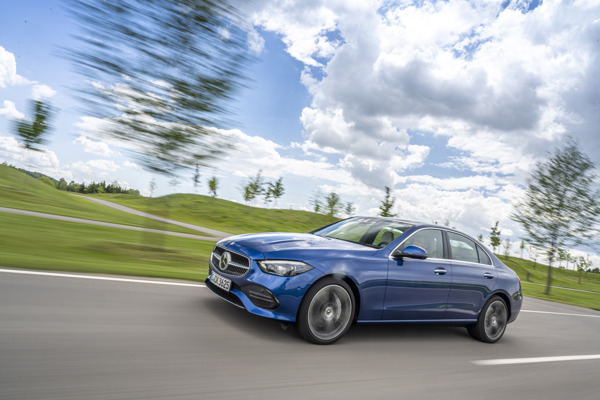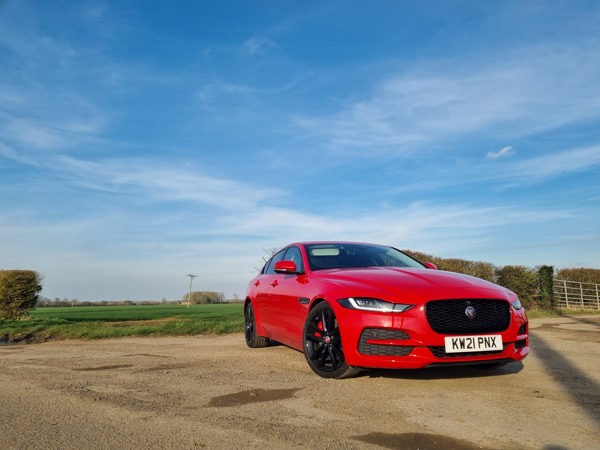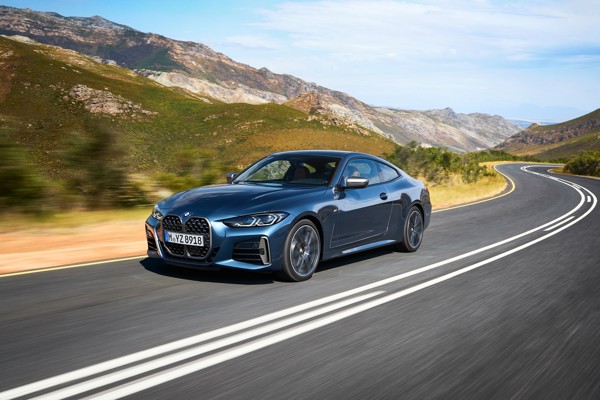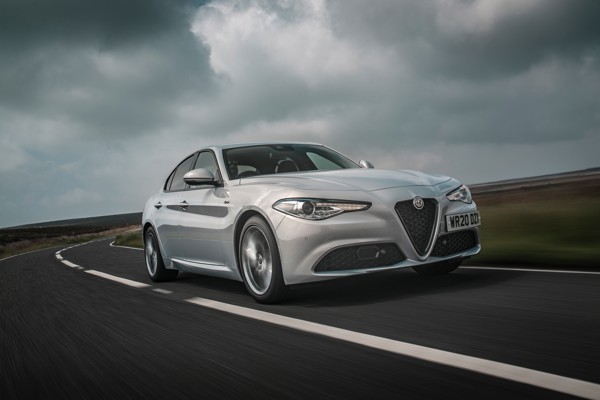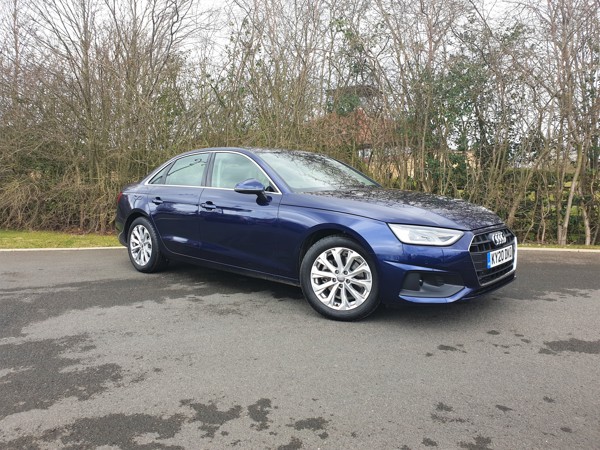Review
The technology industry moves faster than the automotive world in terms of product lifecycles, and it’s perhaps surprising what Peugeot has now added to the 2014 European Car of the Year to ensure it remains competitive.
Rear ‘claw effect' lights are now standard, while the front and rear bumpers and headlights have been re-shaped to echo the family look of the Peugeot 3008 SUV.
Some versions get new seat trims, while higher grades also come with a panoramic glass roof.
Two new diesel engines are offered, which meet Euro 6c regulations that are introduced from September. Under the new rules, cars are permitted to emit only up to 2.1 times the level of NOx emissions in real world driving as that achieved in lab tests for the official test cycle. Peugeot’s target for Euro 6c will be 1.5 times, and it’s achieved by the latest 180PS 2.0 BlueHDi as well as a new 130PS 1.5 BlueHDi.
There’s a new 9.7-inch touchscreen, which includes various functions from dual zone climate control to 3D Connected Navigation with TomTom Live updates.
The new infotainment system is compatible with Mirrorlink, Apple CarPlay and Android Auto functionality, allowing the seamless integration of smartphone functions.
The 308 range, including hatchback and SW, now offer intelligent speed limit recognition, adaptive cruise control with stop functionality, and a blindspot monitoring system.
Speed limit recognition works via a windscreen-located camera that reads speed limit signs and displays them on the car’s dashboard. Signs for specific vehicles, such as HGVs, are filtered from the information feed. It also prompts the driver when cries control is set at a higher level than a new speed limit, requesting that the new speed limit is matched, and reducing speed automatically if confirmed.
The option of adaptive cruise control with stop function detects vehicles in front of the car and adjusts the speed automatically using the brakes to maintain a safe distance. Blindspot monitoring also alerts the driver to the presence of another vehicle in the blindspot to avoid straying into another vehicle’s path. There’s a smart parking assistance option that can automatically steer the 308 into a parking space.
The interior quality of the 308 is a match for most other cars in the sector, although the i-Cockpit design, with lower, smaller, elliptical steering wheel and raised instruments, is often hated by journalists who regularly switch between different types of car. I’m a fan of the layout, and it makes the steering feel more engaging.
We tried a number of versions of the revised 308, including the new 1.5 BlueHDi, which we expect to be popular with fleets, although Peugeot is still to confirm the important CO2 emissions, fuel consumption and other data for this engine.
It’s a smooth and refined engine, with plenty of punch in the mid-range and an easy-throw six-speed gearshift.
Pricing will be announced in July with first deliveries from September, although we don’t expect there to be much change fom the current line-up.
Verdict: The Peugeot 308 ought to be performing better in the UK than it does, because it had all the right ingredients to compete with the best in class. These mid-life revisions ought to persuade fleets to give it a second look.
Model tested: Peugeot 308 1.5 BlueHDi 130 Allure
Author:
Simon Harris
Specs
| Manufacturer | Peugeot |
| Model | 308 |
| Specification | 308 Hatch 5Dr 1.5 BlueHDi 130 DPFR SS €6 Active 6Spd 17.5MY |
| Model Year | 0.00 |
| Annual VED (Road tax) | £0 |
| BIK List Price | £20,750 |
| CO2 | 93g/km |
| BIK Percentage | 23% |
| Insurance Group | N/A |
| CC | N/A |
| Fuel Type | Diesel |
| Vehicle Type | Small family car |
| Luggage capacity (Seats up) | 5litres |
Running Costs
| P11D | £20,750 |
| Insurance group | N/A |
| Fuel Type | Diesel |
| Cost per mile | 76.68ppm |
| Fuel | 7.16ppm |
| Depreciation | 65.88ppm |
| Service maintenance and repair | 3.64ppm |
Rivals
Info at a glance
-
P11D Price
£20,750
-
MPG
80.7 -
CO2 Emissions
93g/km -
BIK %
23% -
Running cost
3 Year 60k : N/A 4 Year 80k : N/A -
Fuel Type
Diesel



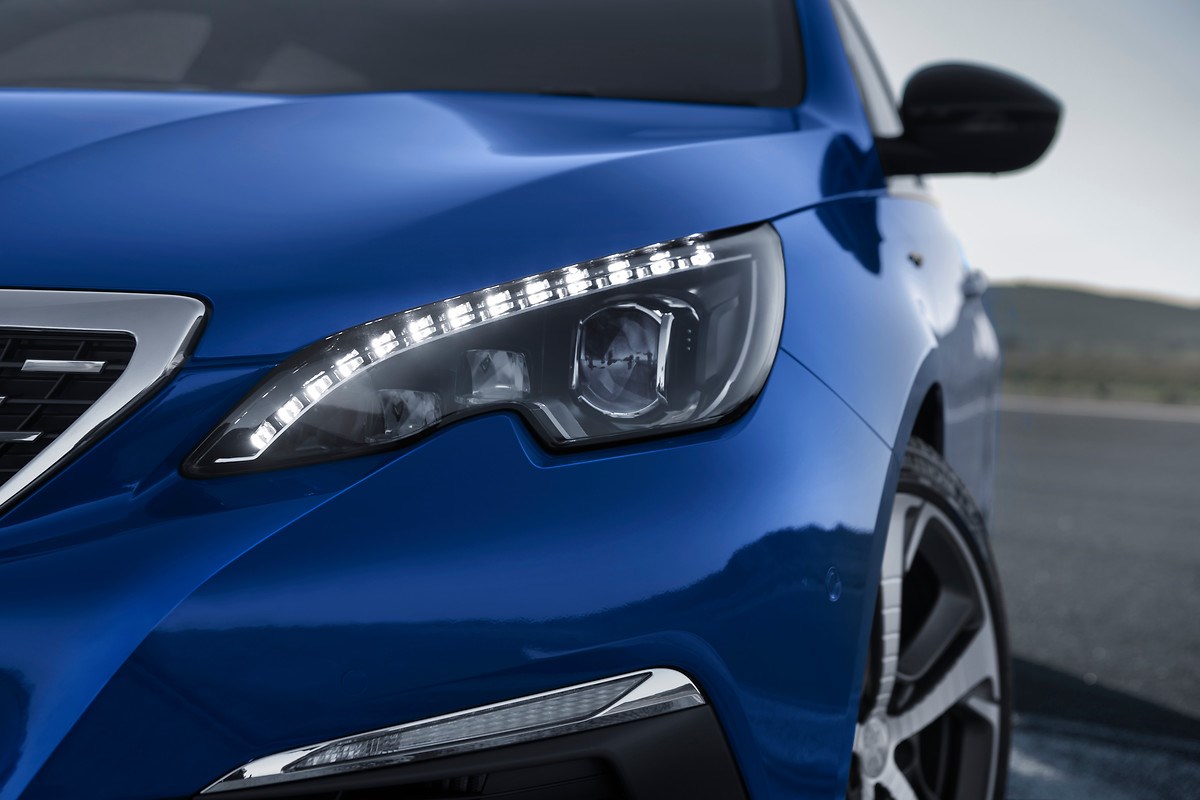
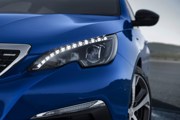
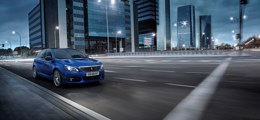
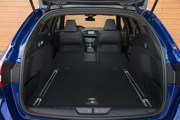
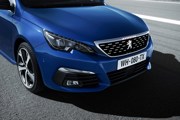

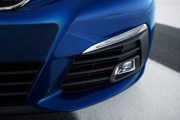
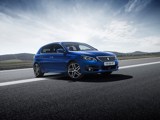
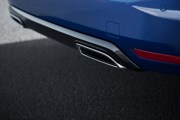
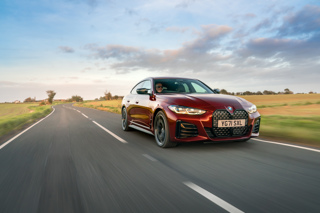
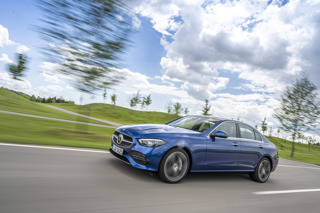
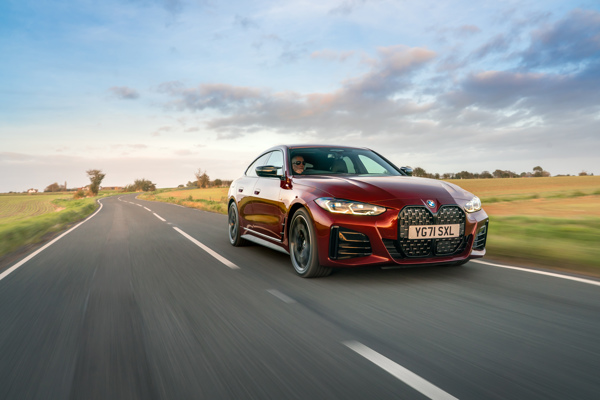
 Diesel
Diesel
